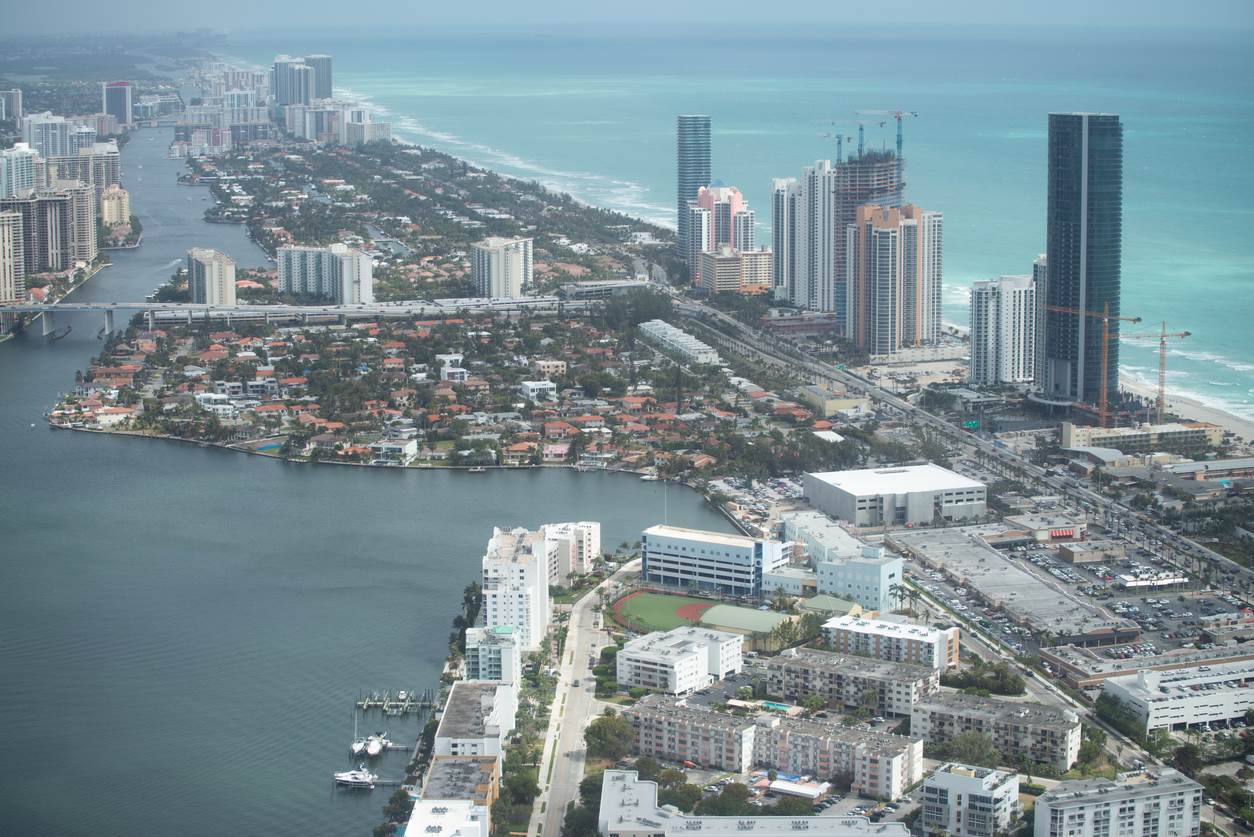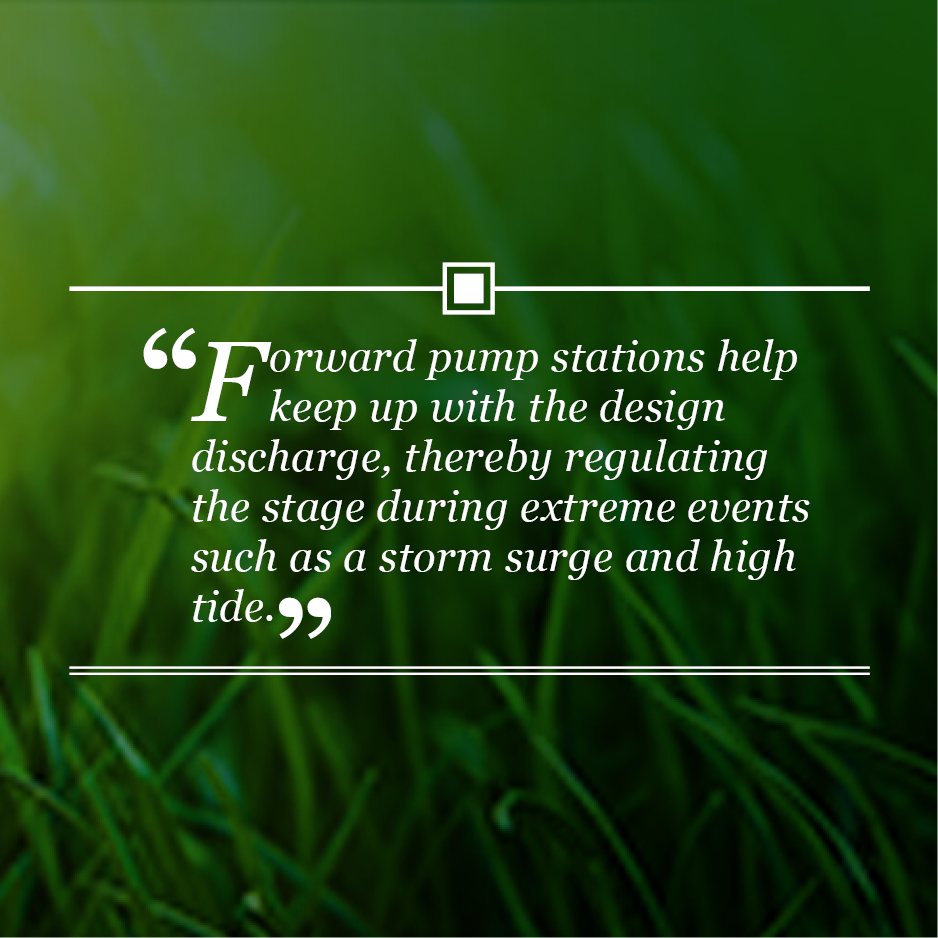
Studies suggest that sea levels will rise by a meter or more by the year 2100, threatening trillions of dollars’ worth of assets. Long-term sea level rise is a critical threat to coastal areas and poses severe risks and challenges over the upcoming decades.
South Florida may face the adverse effects of sea level rise in the future, and without adaptation investments, the area’s annual flood losses could exceed $25 billion by 2050. The South Florida Water Management District (SFWMD) has been making efforts to address these issues and has prepared a sea level rise and flood resiliency plan.
One way that SFWMD plans to combat sea level rise is by installing forward pump stations in many of the district’s old coastal flood control structures that will not be capable of conveying the design discharge caused by sea level rise. Forward pump stations help keep up with the design discharge, thereby regulating the stage during extreme events such as a storm surge and high tide. These pump stations are being designed to accommodate additional pumps in the future, depending on how the conditions change.

SFWMD has chosen two pilot locations to evaluate these first-of-their-kind forward pump stations. A team effort including Kimley-Horn and Hanson is designing one of these pilot locations at a gated structure in North Miami Beach, Florida. As part of the preliminary design, Hanson is developing a detailed 2D model to define a broad range of hydraulics that influence conditions leading to the pump intake and the discharge to the canal from a concentrated, high-velocity flow through the structure.
This thorough hydraulic model will provide a comprehensive look at how the flood control infrastructure will handle rising sea levels. Hanson is evaluating the gated structure’s capacity and a proposed pump station under current conditions and with the consideration of 1 foot to 3 feet of sea level rise. The model’s results will help determine the hydraulic transitions of the proposed intake and outflow channels. The 2D hydraulic model will be used in the project’s design to support the inflow assumptions for 3D computational fluid dynamics and in physical models to evaluate more detailed hydraulics within the intake bays and pump station.
Learn about increasing the resiliency of coastal structures from Garrett Litteken at glitteken@hanson-inc.com and Brian Wozniak at bwozniak@hanson-inc.com.